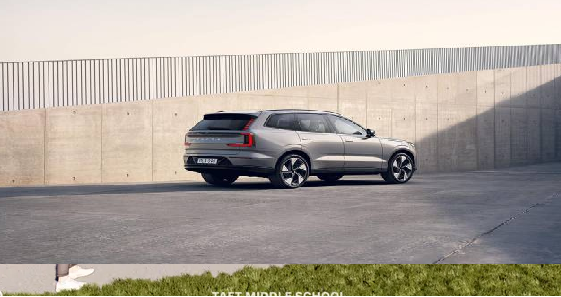The new Volvo EX90 serves as something of a crystal ball, offering insight into the Swedish automaker’s plans to convert its entire lineup to battery power by 2030. But the seven-seater also introduces an array of new high-tech safety features that the Swedish automaker expects will sharply reduce the number of crashes, deaths, and serious injuries involving Volvo vehicles.
Though Volvo hasn’t confirmed when it will phase out its current flagship, the XC90 crossover, the EX90 will soon serve as its replacement. It will also set the stage for an assortment of additional battery-electric vehicles. “The Volvo EX90 is a statement for where we are, and where we are going,” said Volvo Cars CEO Jim Rowan during the debut of the new model in Stockholm.
It’s designed, Rowan added, “to further raise our safety standards, the first Volvo car to be truly defined by its software and part of a wider ecosystem, connecting to your home and your other devices. The Volvo EX90 is the start of something new for Volvo Cars in many ways.” Unlike some competing battery-electric SUVs, Volvo took a relatively conservative approach when designing the EX90. Motorists familiar with the current XC90 won’t be surprised, though it’s clearly been shaped to cut through the wind more smoothly. Aerodynamics plays a critical role in reducing drag which, in turn, improves range and performance.


